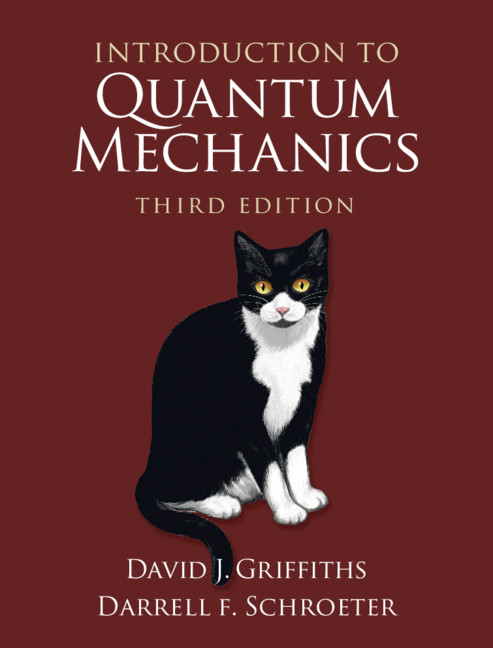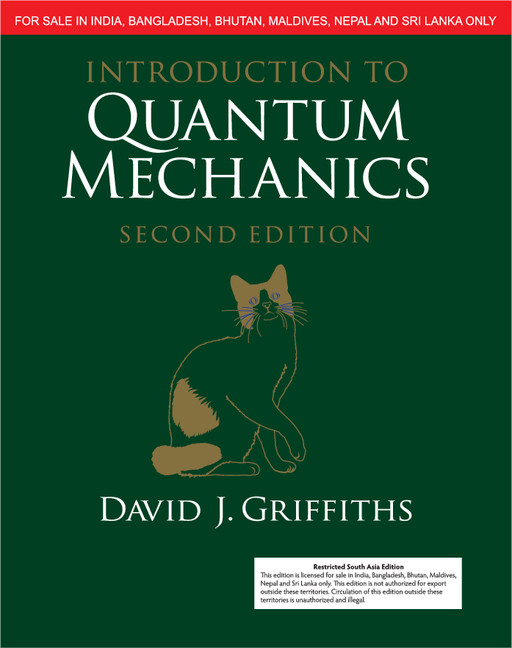Introduction to Quantum Mechanics
Changes and additions to the new edition of this classic textbook include a new chapter on symmetries, new problems and examples, improved explanations, more numerical problems to be worked on a computer, new applications to solid state physics, and consolidated treatment of time-dependent potentials.
- Provides clear and accessible explanations of the foundations of quantum mechanics, using an attractive and informal style
- It is thorough, with an appropriate amount of mathematical rigor and a good variety of examples and problems
- Students emerge with a confident understanding of what the theory says and how to apply it, a solid foundation for more advanced work, and an appreciation for one of the greatest products of the human mind
Reviews & endorsements
'The new updated edition looks great in terms of visual streamlining.' Fahim Ahmed, Central Michigan University
'The text distinguishes itself for clarity, readability and rigour, and completeness of coverage, including more advanced topics like scattering, quantum dynamics and Bell's theorem, therefore pointing in the direction of information theory and quantum computing. ' Stefano Leoni, Cardiff University
'In this book, the goals for each chapter are easy to follow and to teach as well. Also, it can be used in mixed classes with Chemistry and Physics students.' Andre Tavares, Charleston Southern University
'This text is one of the best for an introductory course in Quantum Mechanics. The content is thorough yet easy to understand. Griffiths has a way of presenting the material in a concise and digestible manner, without being too verbose yet also explaining concepts clearly.' Jason Barlow, Springfield College
Product details
August 2018Hardback
9781107189638
508 pages
252 × 191 × 26 mm
1.2kg
Available
Table of Contents
- Part I. Theory:
- 1. The wave function
- 2. Time-independent Schrodinger equation
- 3. Formalism
- 4. Quantum mechanics in three dimensions
- 5. Identical particles
- 6. Symmetry
- Part II. Application:
- 7. Time-independent perturbation theory
- 8. The variational principle
- 9. The WKB approximation
- 10. Scattering
- 11. Quantum dynamics
- 12. Afterword
- Appendix A. Linear algebra
- Index.







